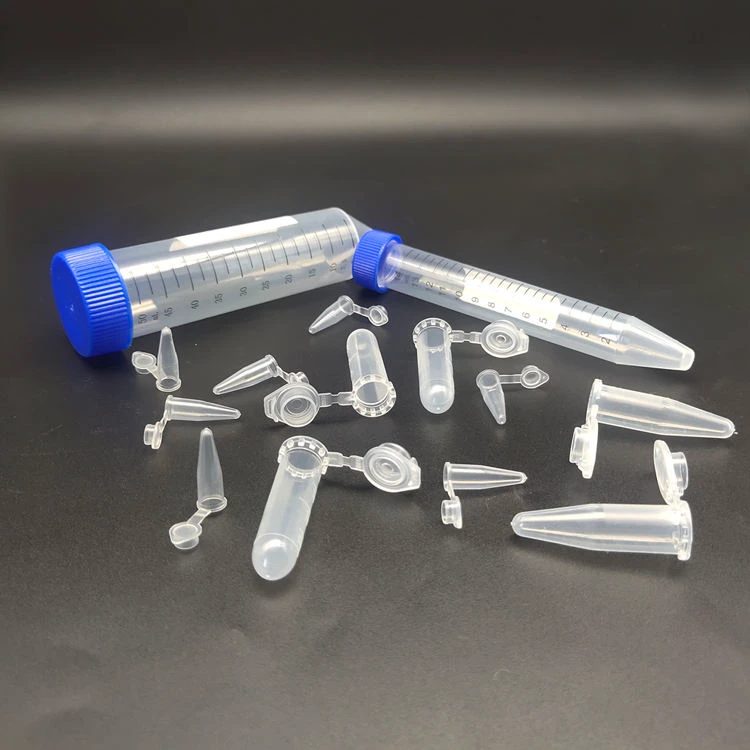tissue culture dish
The Importance of Tissue Culture Dishes in Biological Research
Tissue culture dishes are indispensable tools in the realm of biological and medical research. These specialized containers provide a controlled environment for the growth and maintenance of cells and tissues outside of their natural biological contexts. Their significance cannot be overstated, as they facilitate numerous applications in fields such as cancer research, regenerative medicine, drug development, and biotechnology.
At the heart of tissue culture is the concept of maintaining cells in vitro, allowing scientists to study cellular behavior in a controlled setting. Tissue culture dishes are typically made from glass or plastic, with the latter being more popular due to its lightweight and disposable nature. The standard sizes are usually designated in terms of diameter or area (e.g., 35 mm, 60 mm, and 100 mm), which allows researchers to select the appropriate dish based on the scale of their experiment.
One of the critical advantages of using tissue culture dishes is the ability to provide cells with a sterile environment. Contamination is a significant concern in cell culture, as unwanted microorganisms can alter experimental results and compromise cell viability. Most tissue culture dishes are treated with special surface coatings that enhance cell attachment and growth, ensuring that the cells have the best possible conditions to thrive. This is particularly important for adherent cell types, which require a solid surface to anchor themselves.
The versatility of tissue culture dishes extends to various applications. In cancer research, scientists often culture tumor cells to study their growth patterns, behavior under different treatments, and genetic characteristics. By understanding the underlying mechanisms of cancer cell growth, researchers can develop targeted therapies and better treatment protocols for patients.
tissue culture dish

In regenerative medicine, tissue culture dishes play a crucial role in the study of stem cells
. These undifferentiated cells have the potential to transform into various cell types, offering exciting possibilities for repairing damaged tissues and organs. By culturing stem cells in tissue culture dishes, researchers can investigate their differentiation processes, manipulate their growth conditions, and explore their therapeutic potential for conditions such as spinal cord injuries and degenerative diseases.Another vital area where tissue culture dishes are employed is in drug development. Pharmaceuticals must undergo rigorous testing to evaluate their efficacy and safety before reaching the market. Tissue culture dishes provide a platform for screening potential drug candidates against various cell lines, allowing researchers to assess their effects on cellular viability, metabolism, and overall health. This process streamlines the drug discovery pipeline and helps identify promising compounds more efficiently.
Furthermore, tissue culture dishes are invaluable in studying host-pathogen interactions. In infectious disease research, scientists can culture specific cell types to mimic natural infection scenarios. This enables them to investigate how pathogens invade cells, replicate, and evade the immune response. With this knowledge, researchers can develop vaccines and therapeutic strategies to combat infectious diseases.
The emergence of advanced technologies, such as 3D printing and microfluidics, is further enhancing the capabilities of tissue culture dishes. These innovations allow for the creation of more complex and realistic cellular environments, making it possible to study tissue interactions and responses in a manner that closely resembles physiological conditions. Such advancements may pave the way for new treatments and a deeper understanding of biological processes.
In conclusion, tissue culture dishes are a fundamental aspect of biological research that empower scientists to explore and manipulate cellular and tissue behavior. Their applications in various fields underscore their significance in advancing our understanding of health and disease. As technology continues to evolve, the future may hold even more exciting developments in tissue culture techniques, further broadening the horizons of biomedical research and enhancing our ability to tackle complex health challenges. The journey of discovery is ongoing, with tissue culture dishes serving as essential vessels of exploration, innovation, and discovery in the life sciences.
-
Aesthetic Makeup Spray Bottles | Fine Mist Empty RefillableNewsAug.19,2025
-
White Plastic Veterinary Vaccine Vials | Lab Liquid BottlesNewsAug.18,2025
-
Plastic Medicine Liquid Bottle: Secure Flip Top Drug VialsNewsAug.17,2025
-
Durable 250ml Blue Plastic Vaccine Vial for Lab & Vet UseNewsAug.16,2025
-
Sterile Virus Sample Tubes: Secure & Reliable Specimen CollectionNewsAug.15,2025
-
White 250ml Plastic Vaccine Vial for Lab & Vet MedicineNewsAug.14,2025
























